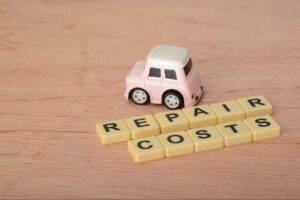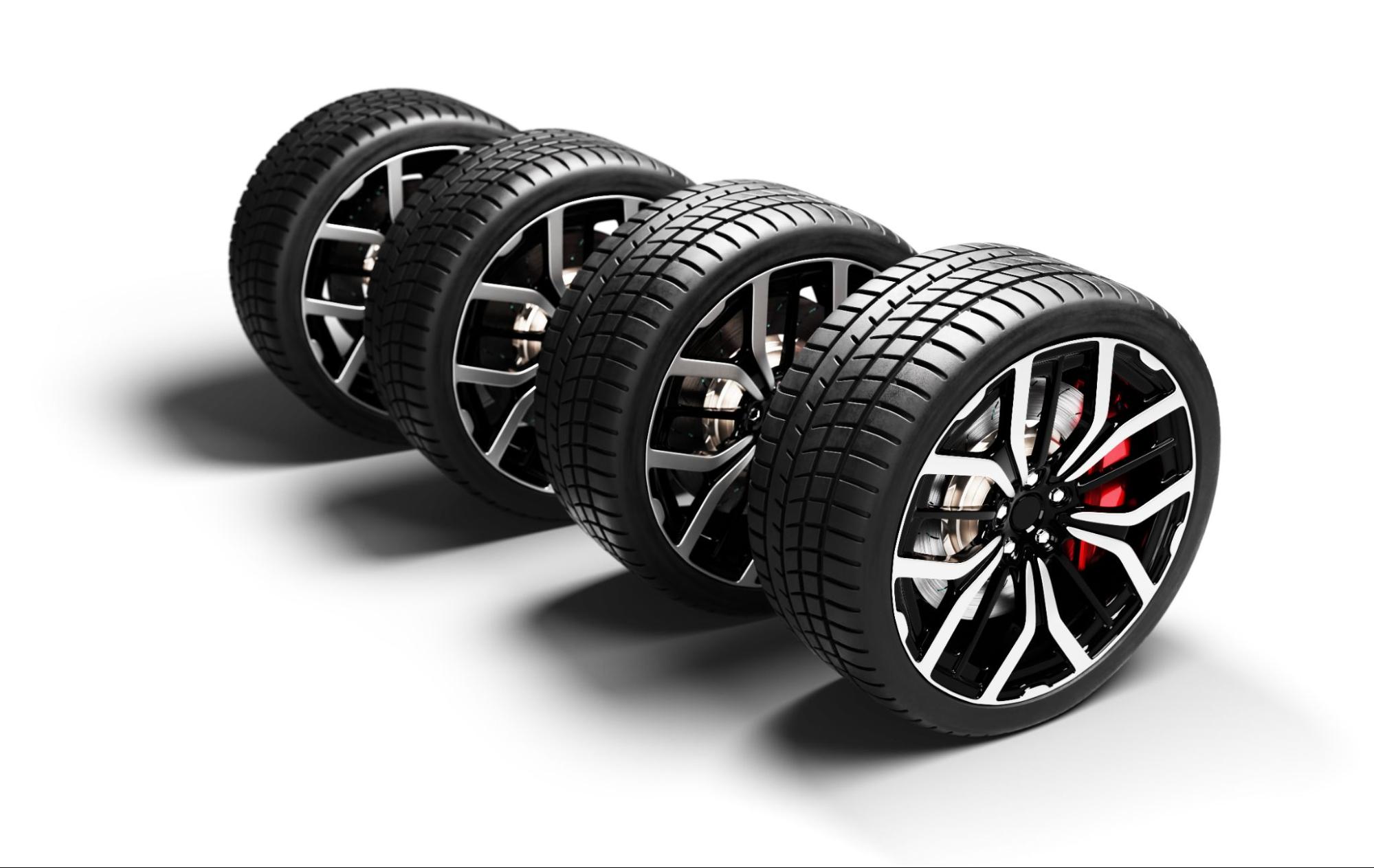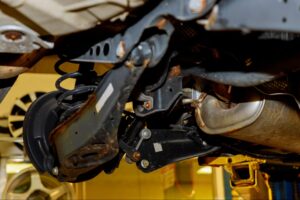
How Often Should You Replace Your Tires?
Tires are the only part of your car that physically touches the road, so their condition plays a significant role in your vehicle’s safety, performance, and efficiency. However, while most drivers are aware that they should check their oil or rotate their tires, many are unsure of exactly how often tires need to be replaced. In this guide, we’ll explore the factors that determine tire life, how to inspect them, warning signs to look out for, and best practices to extend their lifespan.
How Often Should You Replace Your Tires Based on Mileage?
Mileage is one of the most common benchmarks used to determine when to replace your tires. Most standard all-season tires are designed to last between 50,000 and 70,000 miles, depending on driving conditions and the frequency of maintenance. High-performance or low-profile tires typically have shorter lifespans, lasting only 20,000 to 40,000 miles.
Tips for Tracking Tire Mileage Accurately
Keeping a close eye on tire mileage helps you stay ahead of wear and tear. These simple habits make it easier to know when it’s time to replace your tires and avoid premature failure:
Keep a Maintenance Log or App
Recording your tire maintenance manually or through a smartphone app allows you to track the mileage since installation. Apps can even provide reminders for rotation and replacement based on manufacturer guidelines.
Ask Your Mechanic to Record Mileage
Each time your tires are rotated, ask your technician to note the vehicle’s mileage on your service receipt. Knowing this information provides a clear record of when the rotation occurred, helping to calculate tire wear over time.
Set a Reminder Every 10,000 Miles
Routine tread checks should be part of your maintenance schedule. Setting a reminder every 10,000 miles helps you catch signs of uneven wear or aging before it becomes a safety concern.
How Often Should You Replace Your Tires According to Tread Depth?
Another essential factor to consider when evaluating when to replace your tires is tread depth. The legal minimum tread depth in most states is 2/32 of an inch, but experts recommend replacing tires when the tread wears down to 4/32 of an inch for better wet traction and safety.
Why Tread Depth Matters
Tread depth isn’t just a number—it directly affects how your car handles in various driving conditions. As your tires wear down, their ability to grip the road, channel water, and stop quickly starts to diminish. Here’s why monitoring tread depth is so critical:
Shallow Tread Reduces Grip
When your tires have minimal tread, they can’t effectively channel water or slush away from the contact surface, leading to reduced traction and an increased risk of slipping, especially during rain or winter conditions.
Bald Tires Are More Prone to Hydroplaning & Blowouts
Once the tread wears down to the legal limit or below, the tire surface becomes dangerously smooth, making it easier for water to lift the tire off the road (hydroplaning) and increasing the chance of a sudden blowout, especially at highway speeds.
Lower Tread Depth Increases Braking Distance
Worn tires don’t grip the road as well during sudden stops. The less tread you have, the longer it takes to bring your vehicle to a halt—something that can make all the difference in an emergency.
How Often Should You Replace Your Tires If They’re Old?
Even if you haven’t driven many miles, your tires age with time. Rubber naturally degrades due to exposure to UV rays, ozone, and heat. Most tire manufacturers recommend replacing tires that are six to ten years old, regardless of remaining tread depth.
Signs of Tire Aging
Even if your tires still have decent tread, age-related wear can compromise their safety. Exposure to sunlight, temperature changes, and oxygen causes the rubber compounds to deteriorate over time. Here are the key visual and physical signs that your tires may be aging and in need of replacement:
Cracks or Dry Rot in the Sidewall
Visible cracks along the sidewall—or a chalky, brittle texture—indicate dry rot. This breakdown of rubber can lead to leaks or even sidewall failure while driving, especially in hot weather or at high speeds.
Bulges or Bubbles
Bulges usually occur when the internal structure of the tire is compromised, often due to impact with a pothole or curb. These bubbles weaken the sidewall and significantly increase the risk of a blowout.
Uneven Hardening or Softening of the Rubber
As tires age, the rubber may harden and lose flexibility, or conversely, become unusually soft in places. Either condition affects the tire’s ability to perform properly, signaling it’s time for a professional inspection or replacement.
How Often Should You Replace Your Tires If You Drive in Harsh Conditions?
Driving environment has a significant impact on how long your tires last. If you frequently drive in extreme temperatures, on rough terrain, or roads with salt, your tires may wear out faster than expected. If you frequently drive in these harsh conditions, you may need to replace your tires every 25,000–40,000 miles, or even sooner.
Environmental Factors That Shorten Tire Lifespan
Where and how you drive have a significant impact on the lifespan of your tires. Specific environments accelerate wear, increase the risk of damage, and reduce overall performance. Being aware of these conditions can help you take proactive steps to protect your tires:
Hot Climates and UV Exposure
Consistent exposure to extreme heat and direct sunlight causes tire rubber to dry out, crack, and lose elasticity. UV rays accelerate aging, especially if your vehicle is parked outside for long periods without shade or protection.
Freezing Conditions or Road Salt
In cold regions, freezing temperatures cause rubber to contract and stiffen, leading to cracking and reduced grip. Road salt, while necessary for safety, is highly corrosive and can erode both tires and wheels if not regularly cleaned.
Dirt, Gravel, or Off-Road Surfaces
Driving on unpaved or rugged terrain puts added stress on your tires. Rocks and debris can cut into the tread or sidewalls, while uneven surfaces increase the chances of punctures, rapid tread wear, and structural damage.
Constant City Stop-And-Go Driving
Urban driving involves frequent stops, sharp turns, and quick acceleration, all of which wear out your tires faster than steady highway driving. The repeated braking also increases heat buildup, which can cause the tire compound to degrade over time.
How Often Should You Replace Your Tires to Stay Safe?
Ultimately, the best time to replace your tires is before they become unsafe to drive on. While some drivers stretch tire life to save money, doing so can backfire in the form of poor handling, longer stopping distances, and an increased risk of accidents. If you’re ever unsure whether your tires are still roadworthy, consult a professional for a thorough inspection.
Tire Safety Checklist
Maintaining safe tires isn’t just about extending their lifespan—it’s about protecting yourself and others on the road. Regular inspections and timely replacements help prevent hazardous situations, such as blowouts or loss of traction. Here are the most critical tire safety practices to follow:
Replace Tires Before Reaching 2/32” Tread Depth
The legal minimum tread depth in most states is 2/32 of an inch, but waiting until your tires reach this level of wear can be risky. Aim to replace them sooner, especially if you frequently drive in rain, snow, or other challenging conditions.
Inspect Tires Monthly for Cracks, Bulges, or Damage
Make it a habit to inspect your tires at least once a month visually. Look for sidewall cracks, embedded objects, air bubbles, or uneven wear patterns that could signal internal damage or structural weakness.
Don’t Wait for a Blowout to Consider New Tires
If your tires are aging, worn, or showing signs of damage, don’t delay replacement. Waiting until a catastrophic failure occurs can result in loss of control, costly repairs, or even a serious accident. Preventive action is always safer than a reactive one.
When Should You Replace Your Tires?
There’s no one-size-fits-all answer to the question “How often should you replace your tires?” It depends on your mileage, driving conditions, vehicle type, and the level of maintenance you provide. Most drivers should plan for tire replacement every 5 to 6 years or every 50,000 to 70,000 miles, whichever comes first. Being proactive about tire replacement protects your safety, improves fuel economy, and ensures better handling in all weather conditions. Check your tires regularly, follow the rotation schedule, and don’t hesitate to replace them if you notice any warning signs. Your tires do more than just get you from point A to B—they keep you grounded.
For more expert tips on vehicle maintenance and safety, check out our Cordova Auto Service & Mufflers blog and keep your car running at its best year-round.






